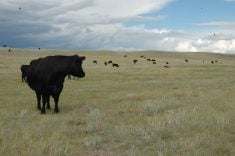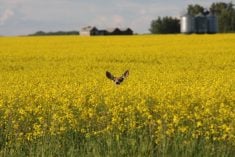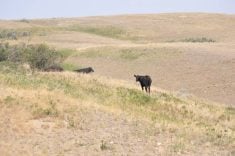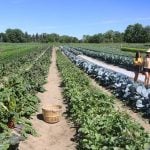Building a wall in Canada hasn’t changed much for a few generations. A wood frame, insulation, plastic wrap, drywall, stucco, joint compound and paint are still the basic materials to construct interior and exterior walls for a home.
Jayeson Hendyrsan, an entrepreneur from Bowen Island, B.C., wants to change that.
Hendyrsan said more Canadians should build walls and homes with hempcrete and is using crowd funding to find financial backing for his enterprise.
“My company, we’re in the middle of planning a Kickstarter campaign. It will be out in the next few weeks,” said Hendyrsan, who runs Hempcrete Natural Building, a contracting and consulting company.
Read Also
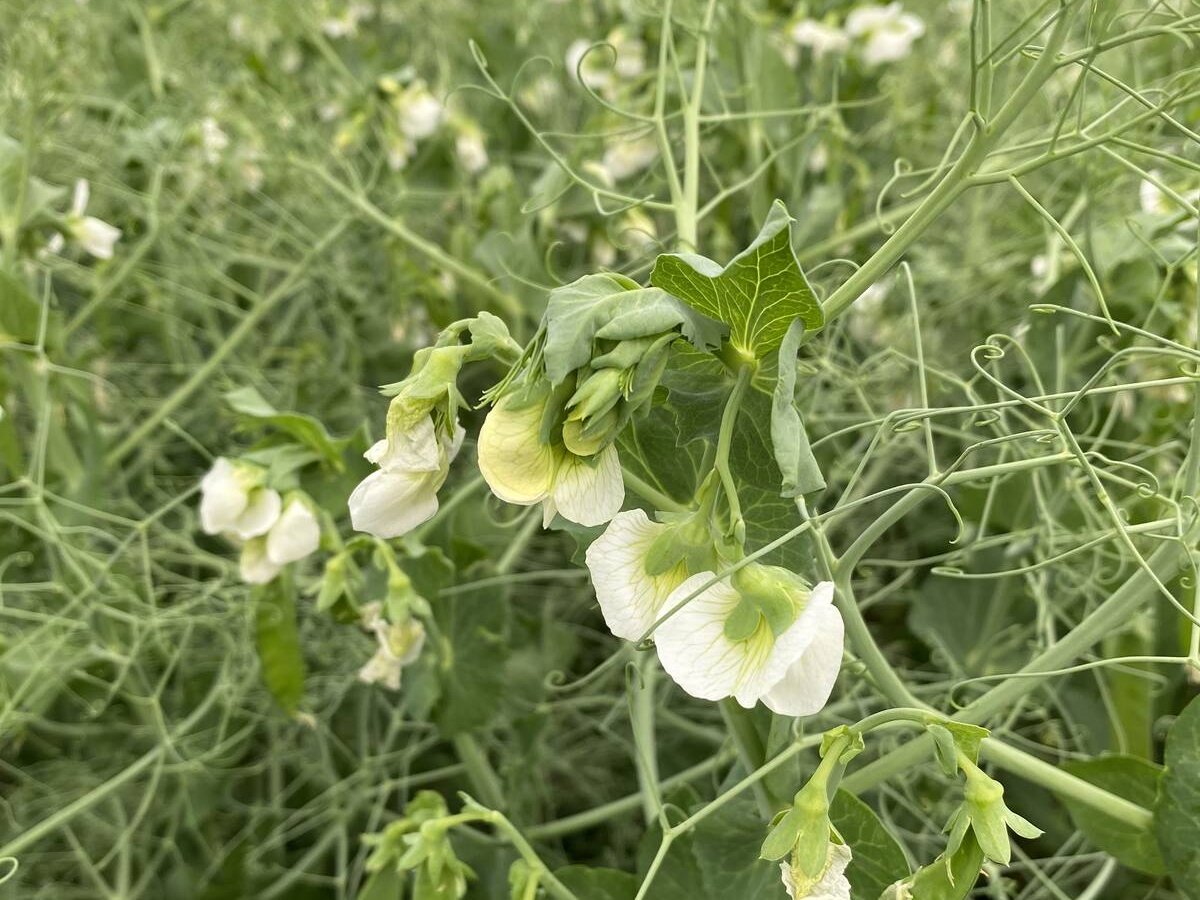
India slaps 30 per cent import duty on yellow peas
India has imposed a 30 per cent duty on yellow pea imports with a bill of lading date on or after Nov. 1, 2025.
“We’ve got a very specific focus that we think could make it more mainstream.”
Hempcrete is used to create insulating walls and non load-bearing walls. It’s made from the woody core of the hemp plant and a lime-based binder.
It’s not used as a structural element, but is slip-poured over the load-bearing timber frame to form a wall.
Hendyrsan said hempcrete provides good insulation and responds differently to humidity and heat than traditional building materials.
“(It) tries to modulate the environment. You have a shower in a hempcrete bathroom and the mirror isn’t all fogged up…. The walls will actually heat up (from the sun) in the winter and radiate heat for a number of hours,” he said.
“It’s warm in the winter, cool in the summer. It’s quiet…. The quality of air inside is particularly nice.”
Hendyrsan has built a dozen structures using hempcrete over the last decade, including homes in Nelson, B.C., Salt Spring Island and Bowen Island.
If the crowd funding initiative is successful, Hendyrsan would like to build small, portable homes with hempcrete.
“We’re focusing on the tiny house model,” he said.
“Spending hundreds of thousands of dollars on a house is actually not a very good security (investment) idea.”
Dion Lefebvre of Westlock, Alta., is already sold on the concept of living in a small, economical hempcrete homes.
He is building a hempcrete house that is less than 400 sq. feet in size next to his existing home. He has finished building the exterior walls but still has to construct an interior wall, finish the walls with a hemp-based plaster and install the utilities.
“It (will be) a portable house. My idea was to build a fully, functioning home … built on a 12 foot by 26 foot rig skid, structural I-beam construction,” said Lefebrve, who lives on an acreage near Westlock.
“It’s designed to be transported.”
Lefebvre said his house will cost less than $100,000.
“I wanted to reduce expenses, be more energy efficient. I’m a bit of a tree-hugger,” said Lefebvre, who runs a moving company in Westlock, is married and has two kids.
Lefebvre considered an earth home, built into the side of a hill, but learned that hempcrete homes are popular in Europe.
“My original plan was to go to Europe, to learn how to do it,” Lefebvre said.
“Then I found Jayeson out on Bowen Island. He came here and taught me how to do it.”
Building a house from hempcrete isn’t cheaper than traditional methods, but the small size and energy efficiency makes it more economical.
“I think building with it right now is on par, or comparable (in price) to traditional building methods,” Lefebvre said.
“As the industry progresses… the idea is to bring the cost down.”
Lefebvre said he’s probably the only person in Alberta building a home with hempcrete, but he thinks it has huge potential.
“This is using what’s left over from a very useful plant,” he said.
“I see (this as) a solution to affordable housing.”
Lefebvre and Hendyrsan will hold a hempcrete building workshop June 20 -22 in Westlock.







